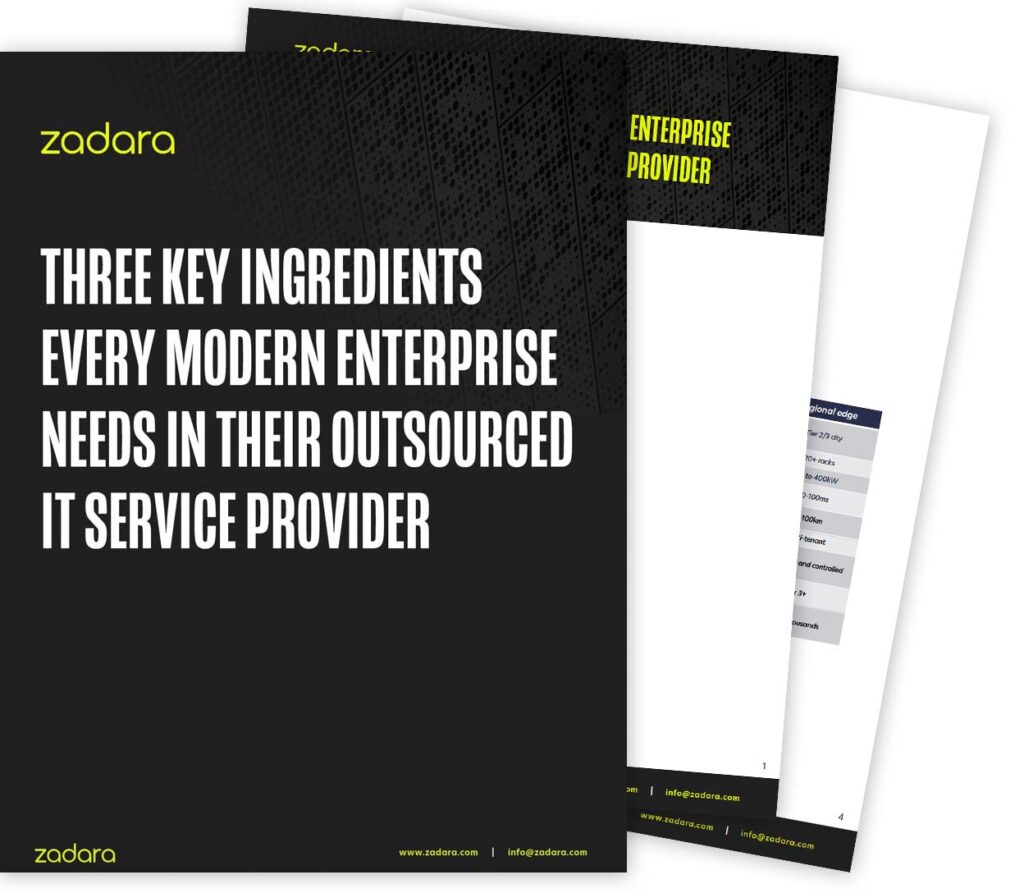A strong trend among businesses today is to forego expensive capital investments in IT storage solutions and opt instead for lower-cost cloud-based storage solutions that fit on the operational expense sheets. There are numerous advantages for moving storage costs to OpEx, including the ease of getting additional storage costs approved and the ability to take care of cloud NAS costs as you would any ordinary utility expense. Many of Zadara’s clients have saved significant amounts of money doing just this. Here are a few notable examples.
1. Gilt
Gilt is an e-commerce site that offers daily deals on fashion apparel, accessories, and more for men, women, and children.
Gilt is a forward-thinking online shopping site that delivers special access to its merchandise and experiences on a membership basis. Gilt faced several challenges. First, they had a quickly-growing collection of product images that meant challenges with management and scalability. Secondly, their existing storage infrastructure was much more cumbersome and expensive than a cloud NAS solution. In addition, Gilt’s IT department wasn’t able to respond quickly to the needs of their other departments. Gilt replaced their 3PAR with Zadara’s VPSA connecting to AWS. The solution lowered storage costs by 85 percent, reduced the time to deploy new products from days to just minutes, and allowed Gilt to redeploy people from mundane jobs in IT storage management to higher-value, strategic positions within the business.
To read the entire Gilt case study, click here to download it.
OpEx vs. CapEx: Side by Side Comparison — Which is Better for Your Business? Download the Infographic
2. Netrepid
Netrepid delivers co-location, infrastructure, and application hosting services to numerous industries, including healthcare, finance, education, transportation, and government agencies. Their challenge was the need to eliminate CapEx limitations of their existing storage infrastructure, a need to improve agility in deploying services, a need for greater customer responsiveness, and a need for improvements in storage performance. Netrepid turned to Zadara’s VPSA Storage Array for on-premises-as-a-service storage. The results were a pure Op-Ex pay-as-you-go solution, with more predictable performance and a higher level of security. Plus, Netrepid is now able to deploy additional storage notes in minutes instead of weeks. They lowered their hardware needs by 81 percent and improved storage performance by a whopping 80 percent.
Interested in reading the complete Netrepid case study? Click here.
3. TIG
TIG is a provider of managed and transformational services and cutting-edge cloud and connectivity solutions. Based in Watford, England, TIG was in need of a cloud NAS solution that eliminated their inflexible and expensive CapEx-based storage arrays and allowed them to take advantage of OpEx-based storage-as-a-service. By partnering with Zadara Storage and Asigra Cloud Backup, TIG was able to achieve scalable, easy-to-deploy services and eliminate those hefty CapEx expenses. These solutions empowered the business to grow tremendously.
Visit this link to download and read the entire TIG case study.
4. RWE
RWE provides electrical power to 16 million Europeans and gas service to another 8 million customers.
RWE is one of the top five of Europe’s electricity and gas companies. They employ over 59,000 workers and supply services to more than 16 million electricity customers and almost 8 million gas customers. RWE needed to improve their storage performance, as well as the overall stability of their SAP and e-commerce applications. RWE also set the goal of shifting storage costs from CapEx to OpEx. The energy company replaced their EMC solution with Zadara’s VPSA with Backup to S3 (B2S3). This resulted in a cloud NAS solution that was delivered as-a-service for SAP application performance improvements of 20 percent, with increased stability and scalability.
Download the RWE case study to get more information.
Zadara Storage provides what traditional storage methods can’t. See what your storage environment is missing: Download Whitepaper — Software Defined Storage vs. Traditional SAN and NAS Storage







